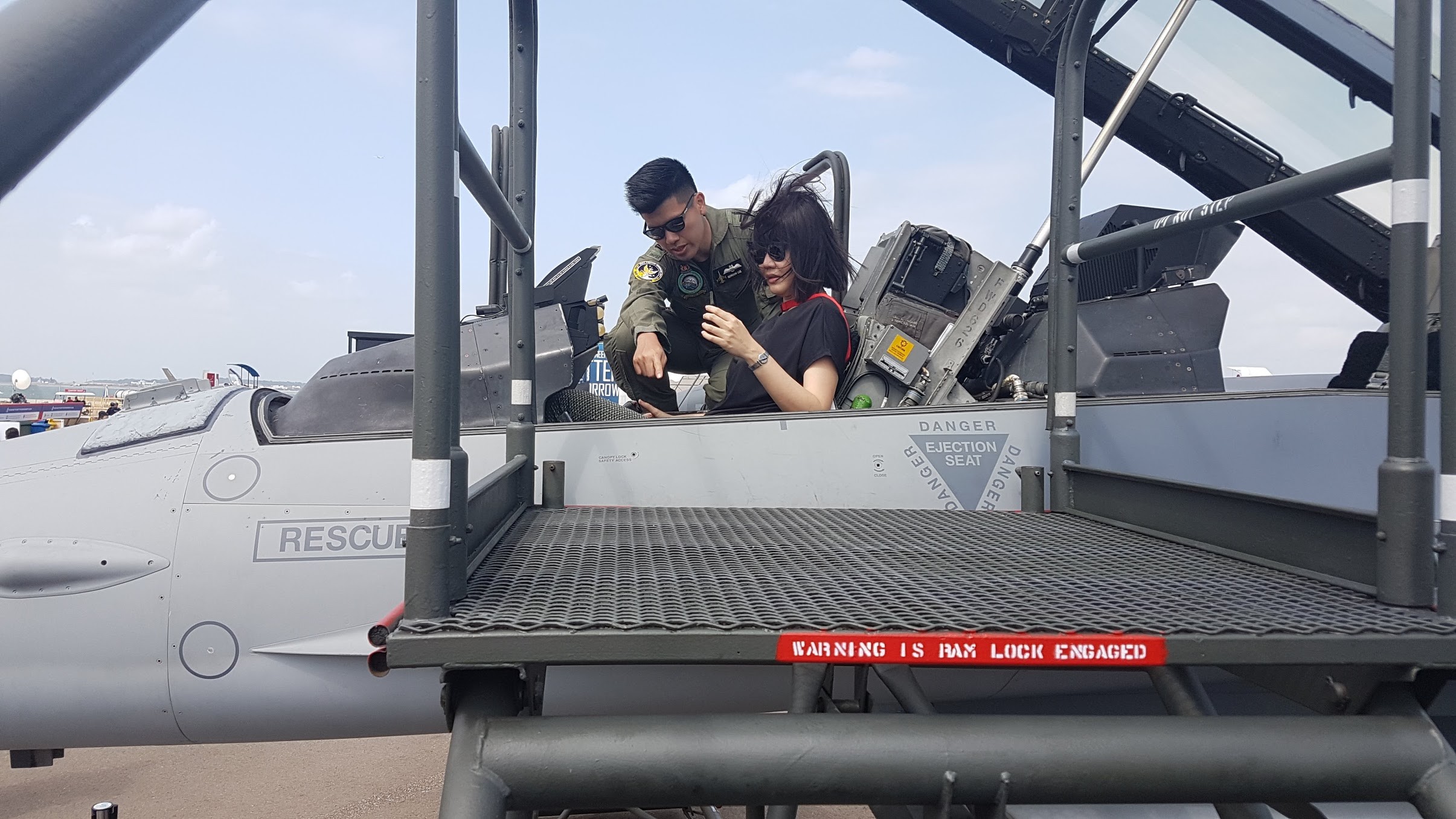Simplified Technical English: Breaking Barriers Across Industries
Simplified Technical English (STE) has its roots in the aerospace industry, where it emerged as a solution to address language and documentation challenges. While it initially served the aerospace sector, STE’s versatility and adaptability have made it relevant and applicable to various industries. This article explores the evolution of STE from an aerospace standard to its potential in revolutionising documentation practices across diverse sectors.
The Aerospace Connection
Aircraft maintenance, a safety-sensitive domain, faced issues that stem from ineffective language and documentation practices. To address this, the aerospace industry spearheaded the development of the STE specification over the past 40 years. However, despite its origins, STE does not consist solely of aerospace-specific rules. In fact, a majority of the writing rules apply universally, with only a few minor adjustments necessary to suit different industries.
Fine-tuning the Vocabulary
While some aerospace- or defence related terminology exists in the general dictionary of STE, it comprises a mere 5% of the overall words. These highly technical terms, often related to nuts and bolts, require adaptation when dealing with software-based interfaces and non-aerospace contexts. By omitting these industry-specific terms and adding a handful of words relevant to specific industries, STE can be readily customised for a wide range of technical documentation purposes.
STE Beyond Aerospace
The power of STE lies in its versatility. Its applicability extends well beyond the aerospace industry. For instance, even financial institutions can benefit from the streamlined and precise language of STE when documenting banking processes. By embracing STE, organisations from diverse sectors can enhance clarity, efficiency, and comprehension in their technical documentation.
Adaptability to Specific Needs
STE’s flexibility allows for customisation to suit unique requirements. As the specification primarily involves additions to the dictionary, aerospace clients themselves often make customisations to cater to different systems onboard their aircraft. This adaptability has been demonstrated by unexpected users, such as a coffee machine manufacturer. Although seemingly unrelated to aerospace, their coffee machines are installed in a vast majority of passenger aircraft. Documentation for these machines, whether used in offices, medical practices, or cafeterias, can be effectively developed using STE, with only slight relaxation of the rules originally designed for aerospace.
Simplified Technical English, born out of the aerospace industry, has evolved into a versatile language specification capable of transforming documentation practices across various sectors. Its effectiveness in enhancing safety, efficiency, and clarity has made it applicable to industries far beyond its initial scope. With the power to streamline communication and promote comprehension, STE offers organisations a powerful tool to optimise their technical documentation, regardless of their industry.




